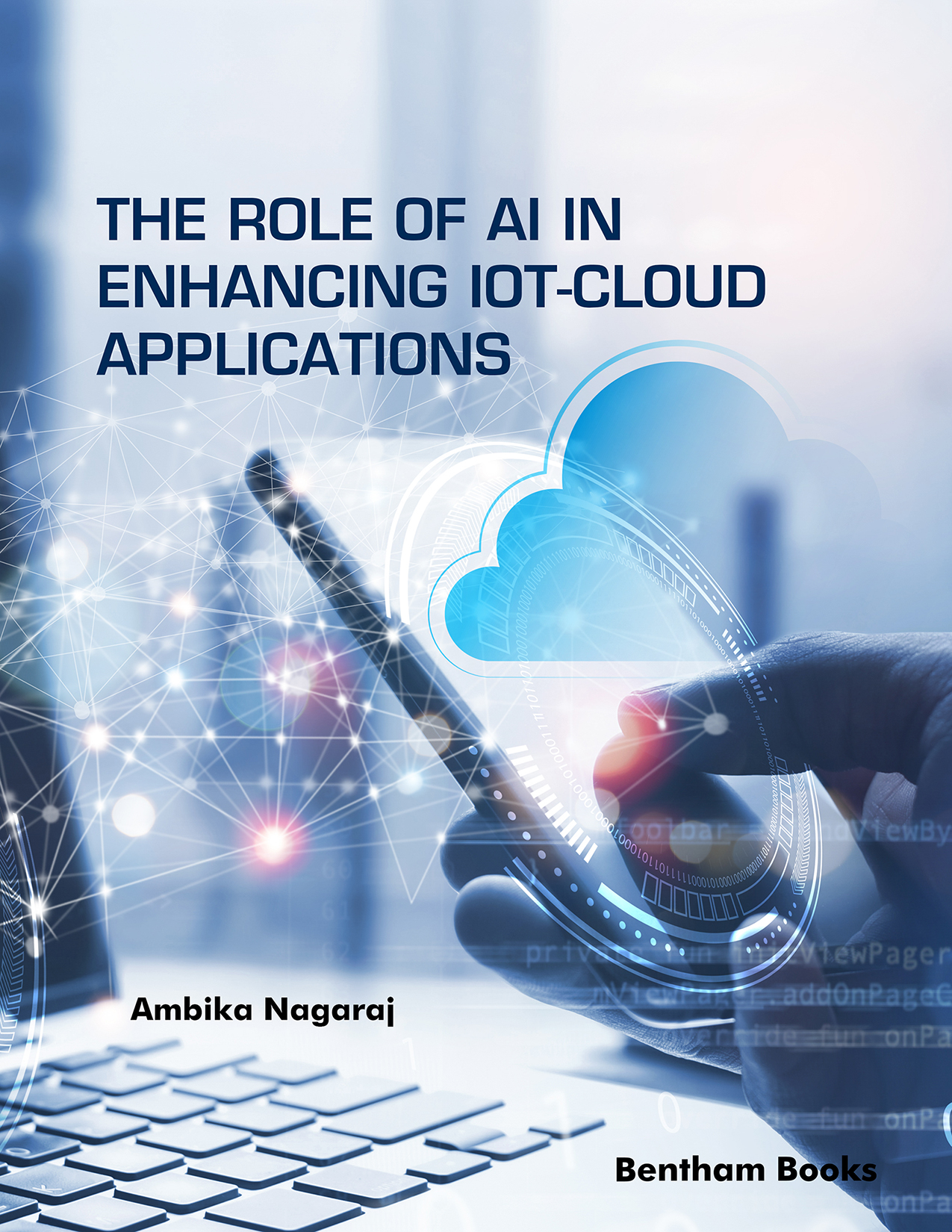Introduction
This book explores the dynamic intersection of three cutting-edge technologies—Artificial Intelligence (AI), Internet of Things (IoT), and Cloud Computing—and their profound impact on diverse domains. Beginning with an introduction to AI and its challenges, it delves into IoT applications in fields like transportation, industry 4.0, healthcare, and agriculture. The subsequent chapter explores AI in the cloud, covering areas such as banking, e-commerce, smart cities, healthcare, and robotics. Another section investigates the integration of AI and IoT-Cloud, discussing applications like smart meters, smart cities, smart agriculture, smart healthcare, and smart industry. Challenges like data privacy and security are examined, and the future direction of these technologies, including fog computing and quantum computing, is explored. The book concludes with use cases that highlight the real-world applications of these transformative technologies across various sectors. Each chapter is also supplemented with a list of scholarly references for advanced readers.
The book is intended primarily as a resource for students in information technology and technology courses. And as a secondary resource for industry professionals who want to learn about these technologies in the context of digital transformation.
Audience: Students and Industry professionals.

